A column of essays about Sustainable Energy & Transport, Transport for Economic Opportunity, and the Climate Catastrophe which our nation and the globe is plummeting toward, aided and abetted by vested interests and staunch defenders of the status quo. After a corridor realignment, Sunday Train has been running out of Voices on the Square as its origin Station since July 2012. BruceMcF is the lead author, and accepts submissions. Frequency is mostly weekly, normally sometime Sunday evening, except when life happens in such a way that it isn't.
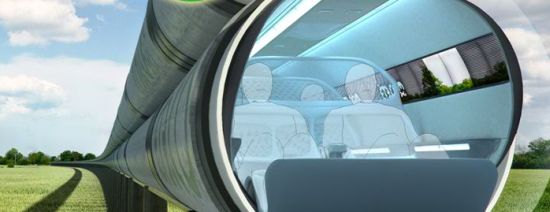 On Monday, entrepreneur Elon Musk launched on attack on the California HSR system in the guise of a pie in the sky alternative that he has dubbed the "Hyperloop". Now, I got into this topic from the back end, since I waited for the technical people to download the PDF and chew into it before giving it a serious look, so when I first encountered the notion floated that this is just a car builder (well, an electric car builder) attacking a rival form of transport, I thought that might involve some shaky inference regarding motive for otherwise puzzling statements ...
On Monday, entrepreneur Elon Musk launched on attack on the California HSR system in the guise of a pie in the sky alternative that he has dubbed the "Hyperloop". Now, I got into this topic from the back end, since I waited for the technical people to download the PDF and chew into it before giving it a serious look, so when I first encountered the notion floated that this is just a car builder (well, an electric car builder) attacking a rival form of transport, I thought that might involve some shaky inference regarding motive for otherwise puzzling statements ... In
In 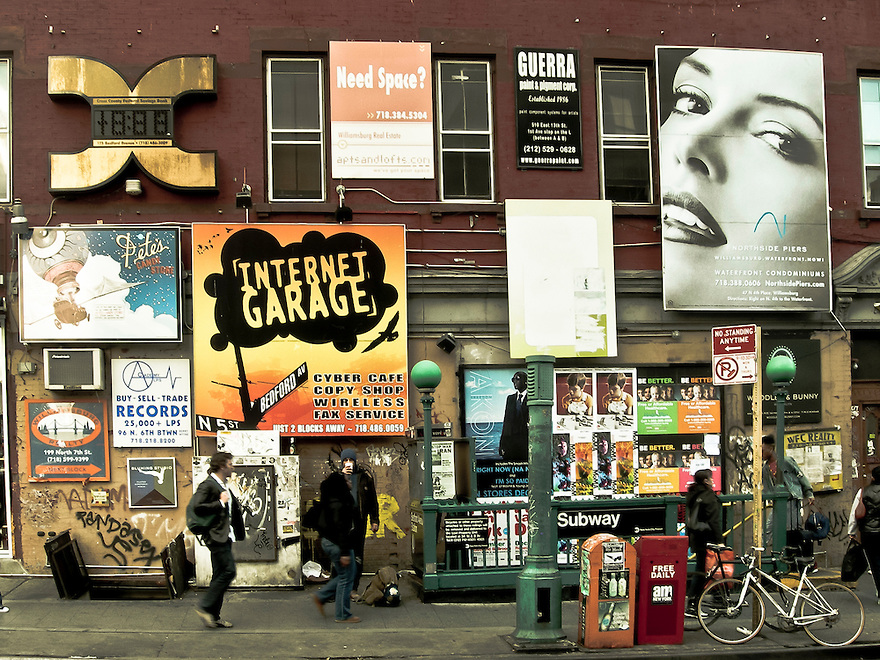 A transit rail corridor plan has been taken off the shelf, dusted off, and tossed into the NYC Mayoral Race, and according to Alon Levy, the circumstances are enough to disqualify Christine Quin, one of the leading candidates:
A transit rail corridor plan has been taken off the shelf, dusted off, and tossed into the NYC Mayoral Race, and according to Alon Levy, the circumstances are enough to disqualify Christine Quin, one of the leading candidates: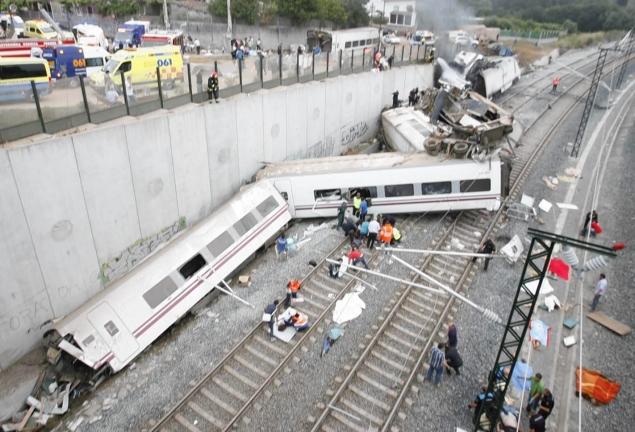
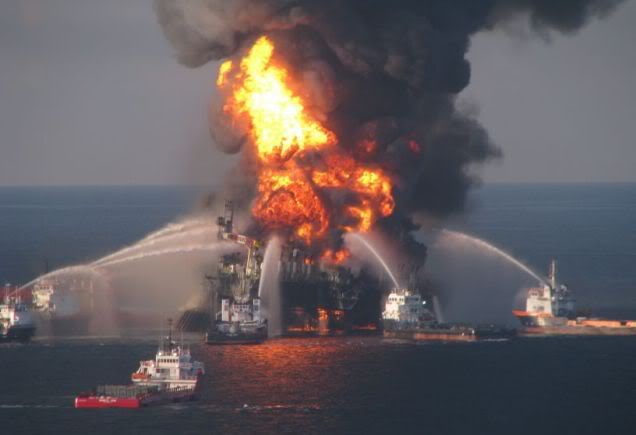 In the online support for the April, 2013 Scientific American article on Energy Return on Investment (EROI), Scientific American online interviewed Charles Hall, developer of the EROI concept, on whether Fossil Fuels will be able to maintain economic growth. In one of his answers, Charles Hall responds to the question:
In the online support for the April, 2013 Scientific American article on Energy Return on Investment (EROI), Scientific American online interviewed Charles Hall, developer of the EROI concept, on whether Fossil Fuels will be able to maintain economic growth. In one of his answers, Charles Hall responds to the question:
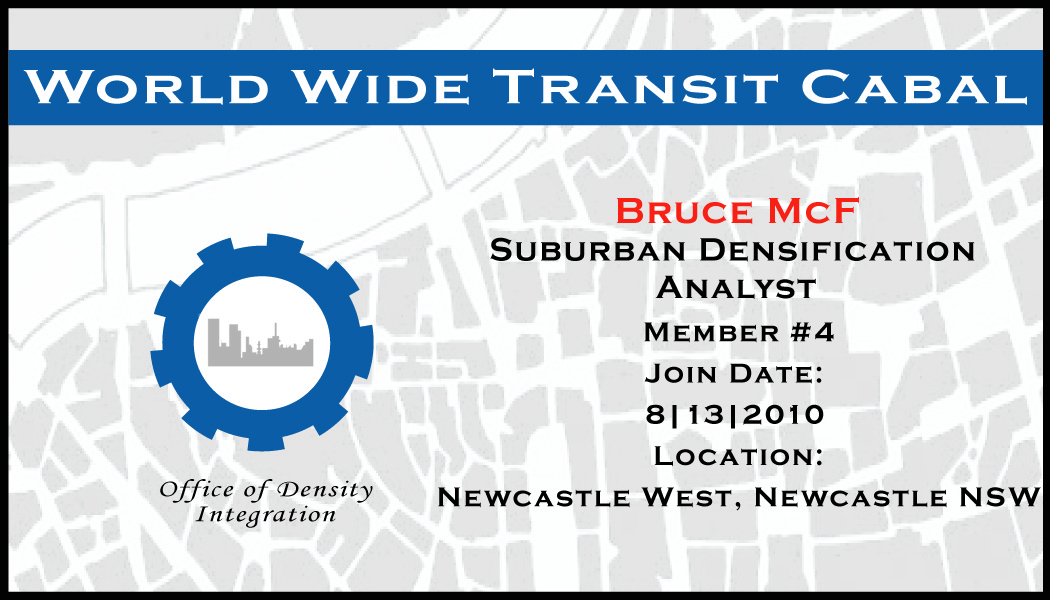 As a member of the WorldWide Transit Cabal (not to be confused with the
As a member of the WorldWide Transit Cabal (not to be confused with the